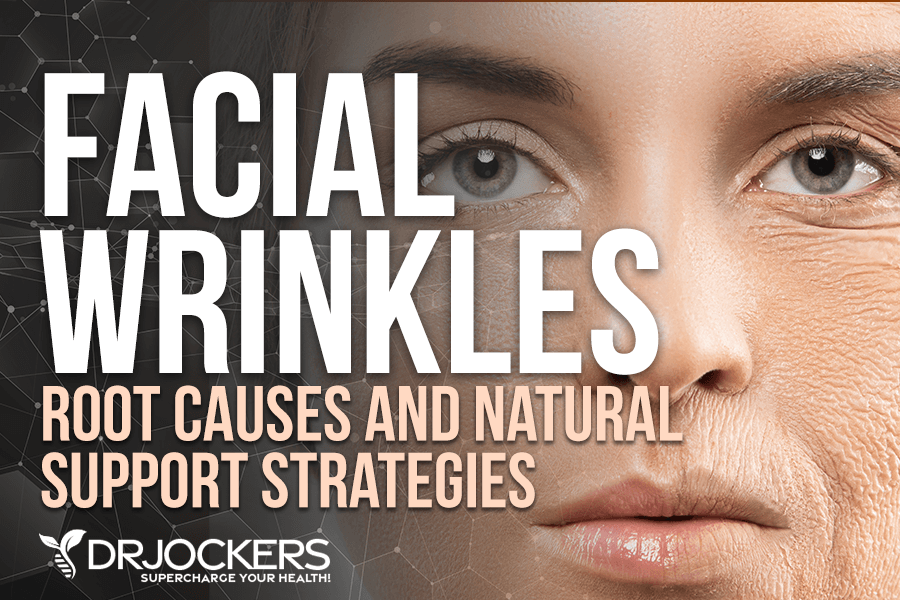 Facial Wrinkles: Root Causes and Natural Support Strategies
Facial Wrinkles: Root Causes and Natural Support Strategies
You can’t stop the years passing by. You can’t change the calendar. But you have some power over visible signs of aging. Facial wrinkles are a natural part of aging. However, certain factors, including diet, lifestyle factors, environmental toxins, and health issues, may cause premature aging, early signs of facial wrinkles, or more facial wrinkles. Fortunately, with the help of some natural support strategies, you may reduce facial wrinkles.
In this article, I will discuss what facial wrinkles are. You will learn about the signs and symptoms of skin aging. I will go over the root causes of facial wrinkles. Finally, I will share my favorite natural support strategies for facial wrinkles and a more youthful-looking skin.
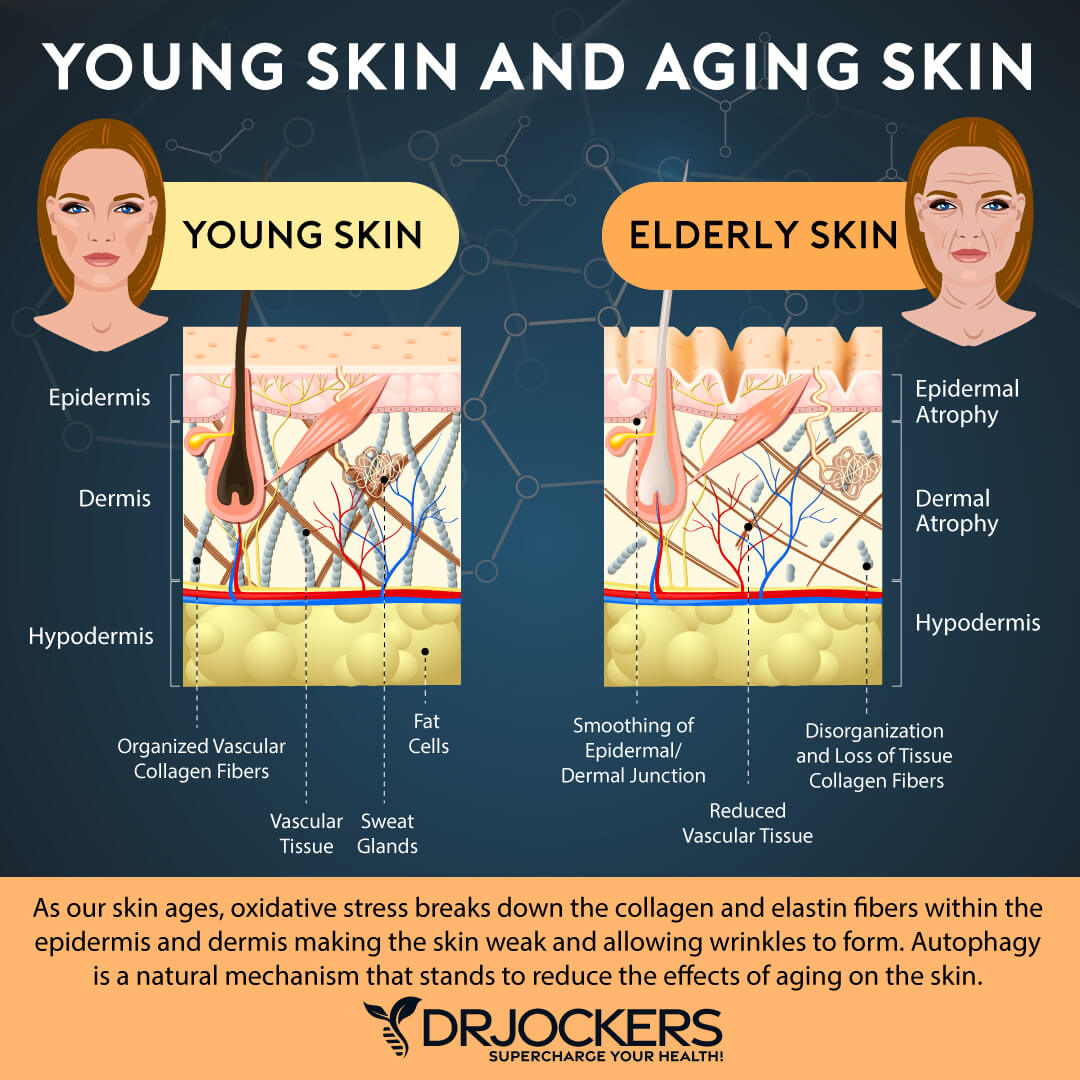
What are Facial Wrinkles
Facial wrinkles are creases, lines, ridges, or folds in the skin of your face. As you age, your skin will become drier, less elastic, and thinner. It will have increased difficulty protecting itself from damage and keeping its shape and elasticity.
This will lead to fine lines and, eventually, facial wrinkles. Facial wrinkles are a part of growing older, and everyone will develop them over time to some extent.
There are two types of wrinkles:
- Dynamic wrinkles: Dynamic facial wrinkles may develop due to repeated facial movements, such as growing a lot, smiling a lot, or puckering your lips around a straw regularly.
- Static wrinkles: Static facial wrinkles develop as your skin loses elasticity and gravity takes over. Wrinkles with jowls or saggy skin are static. Over time, dynamic facial wrinkles turn static, too.
Common facial wrinkles include:
- Forehead lines: They run across your forehead horizontally.
- Worry lines: These are also called ‘elevens’ because they are usually shaped like two vertical lines (like an 11) between your brows.
- Crow’s feet: These are found around the outer corners of your eyes.
- Bunnies: These are located between your eyes on the bridge of your nose
- Laugh lines: They make something that looks like parentheses around your upper lip.
- Lip lines: These are vertical hatches near your mouth.
- Marionette lines: These are located around your chin as your cheeks droop a bit with a jowl.
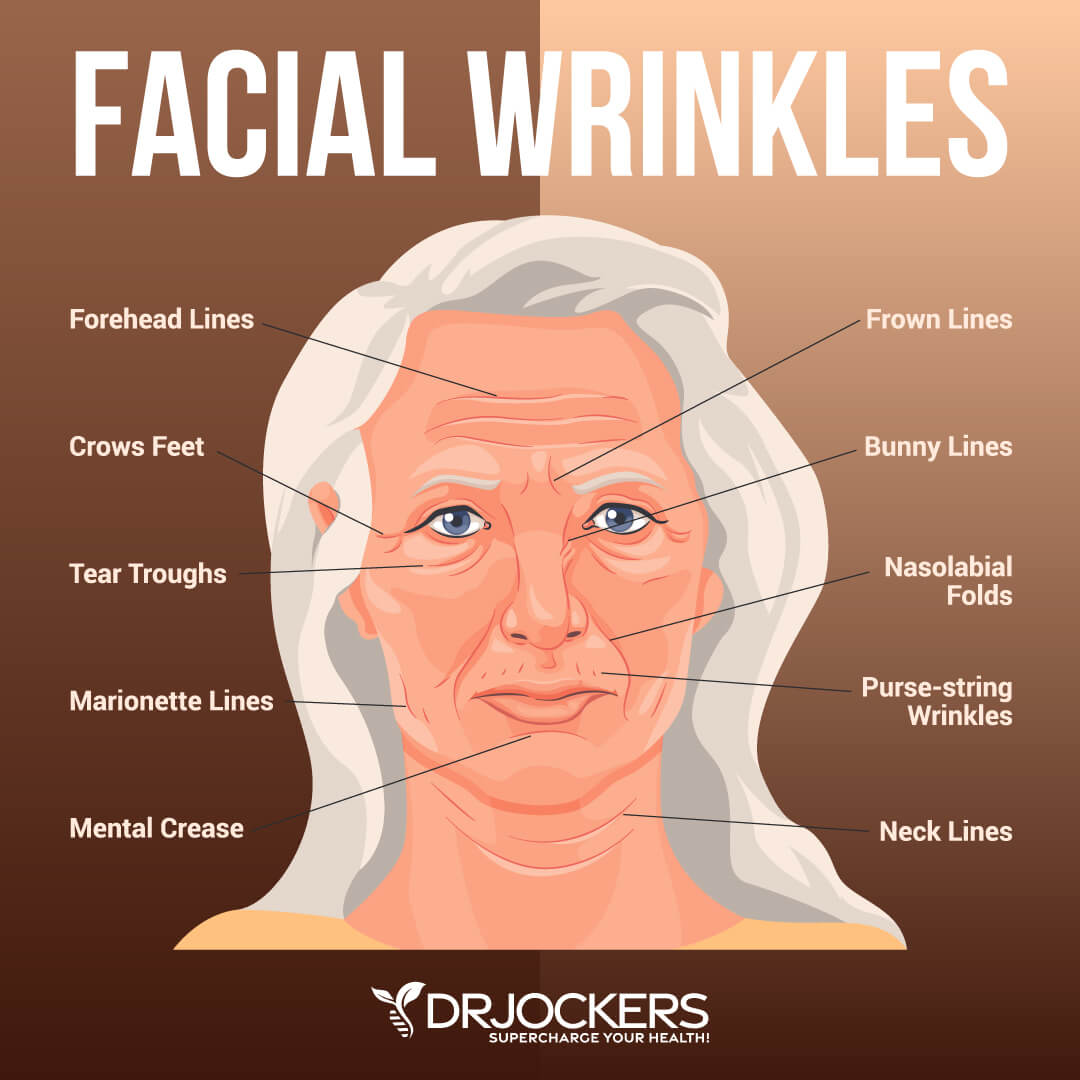
Many people dislike the appearance of facial wrinkles. There is an enormous industry built around an anti-aging market, from creams to Botox injections. Fortunately, there are some natural strategies, such as diet, lifestyle, and supplementation, that can help reduce the development of wrinkles.
For example, as you will learn, smoking, increased environmental toxicity, dehydration, or an inflammatory diet may increase facial wrinkles or lead to premature skin aging. Avoiding these unhealthy habits and replacing them with healthier ones may help reduce signs of aging and lead to fewer facial wrinkles.
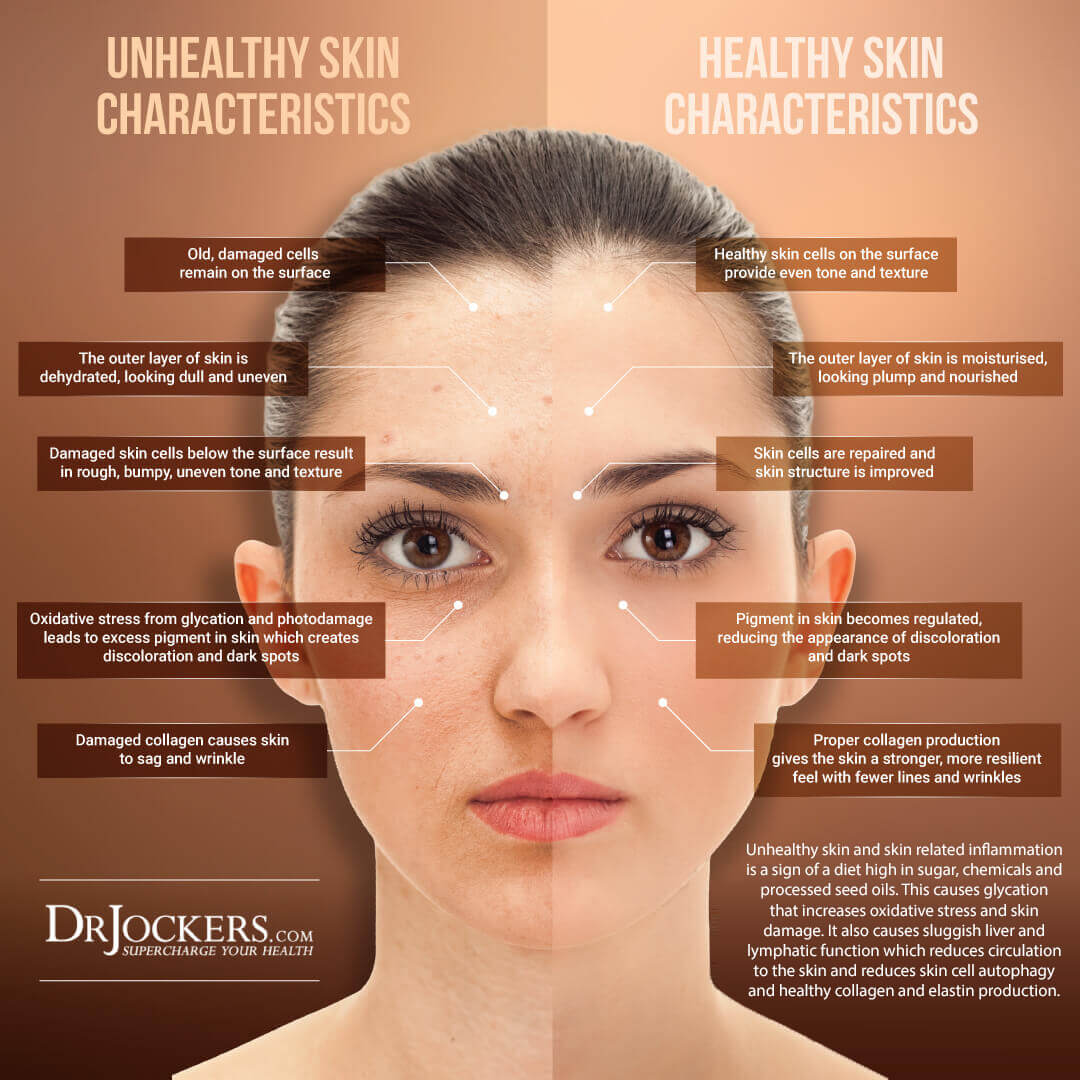
Signs and Symptoms of Skin Aging
Signs and symptoms of aging of your skin may include:
- Fine lines and wrinkles
- Saggy skin
- Dry skin
- Thinner and paler skin
- Clear or translucent skin
- Age spots or liver spots
- Skin tags or warts
- Bruises and bruising easily.
- Increasingly difficult time healing from injuries
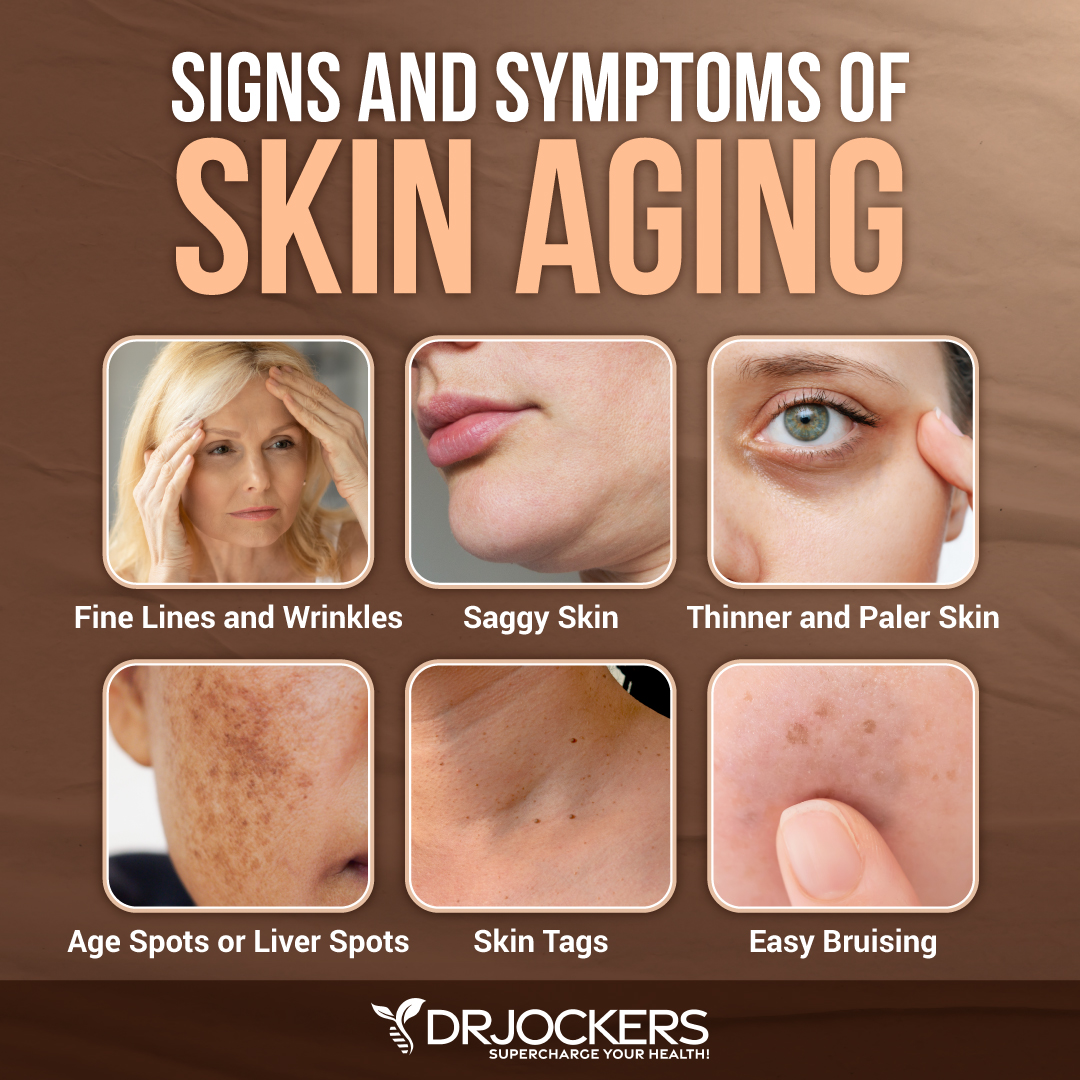
Root Causes of Facial Wrinkles
Though facial wrinkles are a normal part of aging, certain health, environmental, dietary, and lifestyle factors may increase facial wrinkles and signs of skin aging. Here are the main root causes of facial wrinkles:
Chronic Inflammation
Chronic inflammation is a long-term, ongoing inflammation. Though it is usually lower grade than acute inflammation from an injury or illness, unlike acute inflammation, which lasts for a few days or weeks, chronic inflammation is ongoing without an end in sight.
It is the root cause of most modern-day chronic health issues, including facial wrinkles, other signs of premature aging, and skin issues. You may develop chronic inflammation from an inflammatory diet low in nutrients, high environmental toxin exposure, chronic stress, chronically poor sleep, lack of exercise, and other lifestyle factors.
Chronic inflammation may lead to structural damage and the reduction of collagen and elastin, which may lead to fine lines and facial wrinkles. A 2014 study published in the Asian Pacific Journal of Cancer Prevention has also found that oxidative stress can result in chronic inflammation, collagen fragmentation, collagen fiber disorganization, and various skin diseases, including skin cancer (1).
Inflammaging (inflammation + aging), which refers to a premature aging process due to chronic inflammation, may also play a role. According to a 2014 study published in Inflammation and Allergy Drug Targets, inflammaging may increase the aging of the skin, causing facial wrinkles and fine lines (2). Inflammaging may also increase glycation, which may increase facial wrinkles as well. I will discuss glycation in the next section.
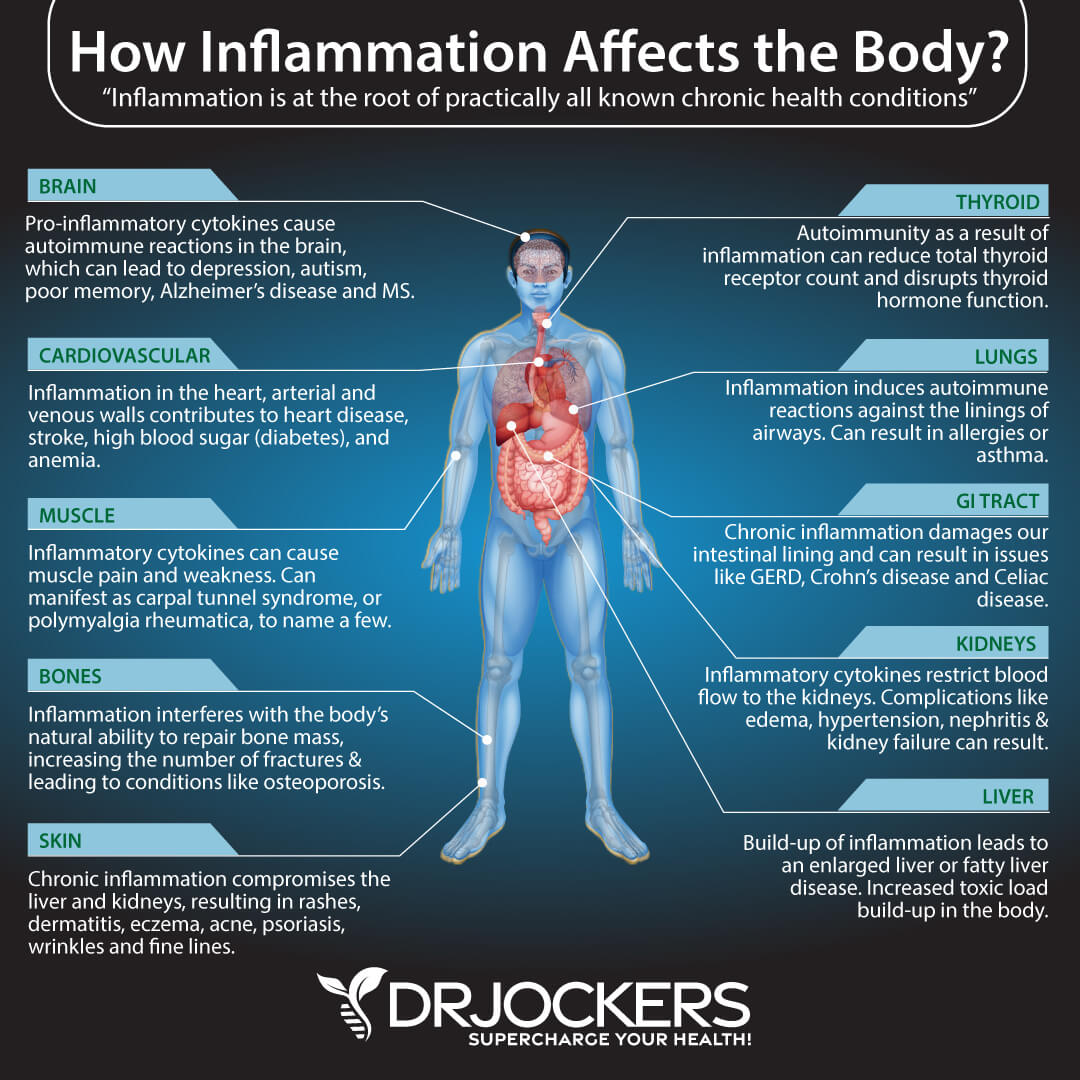
Insulin Resistance
Insulin resistance means that your body doesn’t respond to insulin well and is unable to use the glucose from your body for your energy the way it should. As your body is trying to keep up with the sugar load, your pancreas will start making more insulin.
This may result in ongoing high blood sugar levels, blood sugar fluctuations, prediabetes, type 2 diabetes, and chronic health issues. It can also increase your risk of signs of premature aging, facial wrinkles, and skin problems.
According to 2017 research published in Dermatology and Therapy, insulin resistance may manifest in the skin (3). It may cause skin tags, brown spots, hyperpigmentation, bald patches, and facial wrinkles. As said earlier, inflammaging may increase glycation, which is a natural process that happens inside your body, where glucose attaches to protein, lipid, or nucleic acid molecules.
If your skin fibers have too much sugar, the sugar molecules can attach to your skin’s collagen and elastin proteins. Glycation also leads to the production of harmful free radicals called advanced glycation end products of AGEs for short. The accumulation of AGEs can lead to skin damage, which can lead to facial wrinkles and other visible signs of premature skin aging (2, 4).
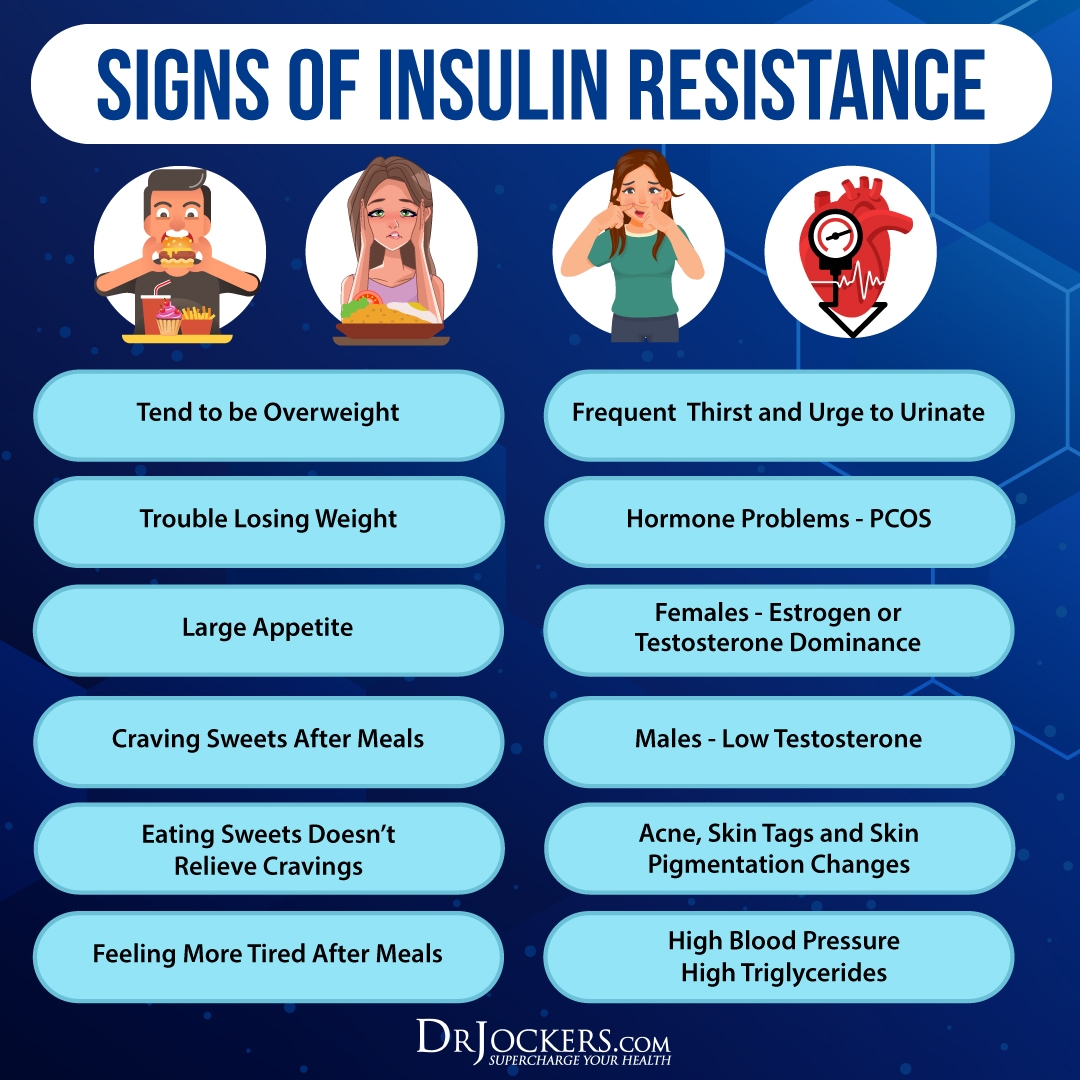
High Toxic Load
Environmental toxins, such as chemicals in conventional cleaning, body and beauty products, plastics, air pollution, exhaust fumes, municipal tap water, non-organic food, and so on, may increase the risk of chronic inflammation, oxidative stress, and related health issues. According to a 2012 review published in Dermato Endocrinology, cigarette smoke and air pollution may increase signs of skin aging, including facial wrinkles (7).
Conventional skincare products, including creams, lotions, acne products, body wash, and make-up, may seriously damage your skin. They may not only increase inflammation but may also increase allergic reactions.
According to a 2019 study published in the Journal of Preventive Medicine and Hygiene, many chemicals found in cosmetic products can cause allergic reactions, dermatitis, and other acute side effects (6). Moreover, they may strip away your skin’s natural moisture and oils.
Even when advertised as moisturizers, they create dependence on the product, causing you to reapply them regularly to feel moisturized. By stripping away moisture from your skin, they can dry your skin out, resulting in facial wrinkles.

Chronic Stress & Poor Sleep
Chronic stress and poor sleep may also contribute to increased chronic inflammation, inflammaging, and related early signs of aging. A 2013 review published in the Dermatology Online Journal has found that psychological stress may increase the aging of the skin (7).
One of the signs of skin aging is, of course, facial wrinkles. A 2012 study published in the Journal of Cosmetic and Laser Therapy has found that the way you sleep may also play a role in developing facial wrinkles (8).
Using the wrong pillows, for example, may increase lines. Moreover, according to a 2015 study published in Clinical and Experimental Dermatology, poor sleep quality may also increase the risk of premature aging and facial wrinkles (9).
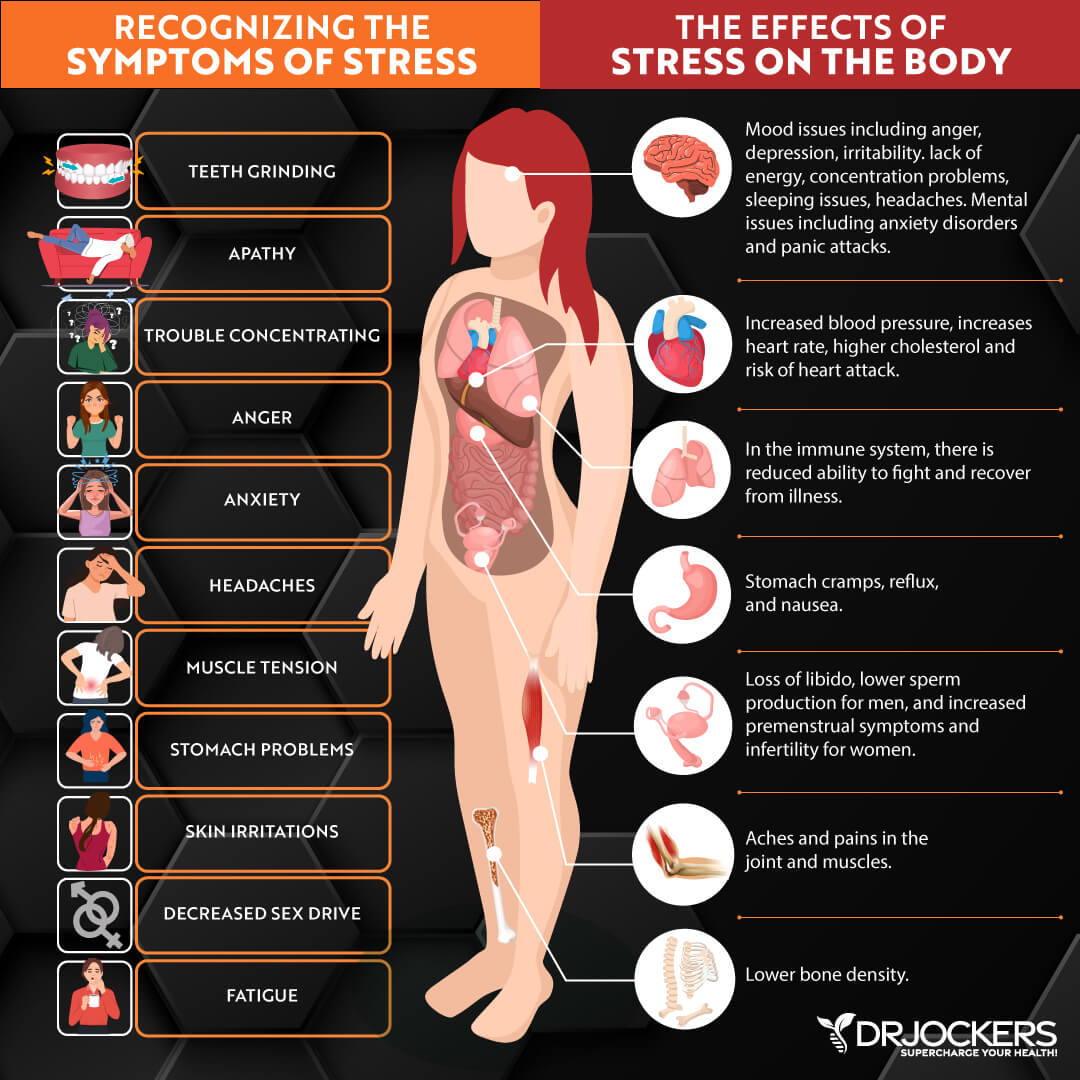
Gut Dysbiosis
Gut dysbiosis means that your gut microbiome is out of balance. Even though gut dysbiosis occurs in your gut, it doesn’t just affect your gut. It may affect your entire body, including your skin. It may also increase signs of aging. Gut dysbiosis can affect your skin greatly.
For example, chronic infections, especially H. Pylori infections, can be particularly damaging to your skin. A 2018 study published in BMC Infectious Diseases has also found that H. pylori infections can play a role in skin issues like rosacea (10). Gut dysbiosis may also increase low stomach acid and result in poor protein and nutrient absorption, which may increase the risk of facial wrinkles.
According to 2012 research published in Dermato Endocrinology, antioxidants, vitamins, and other nutrients play an important role in skin health, and poor nutrition may lead to aging of the skin, including facial wrinkles (11).
While diet plays a huge role in your nutrient levels, if you have poor nutrient absorption due to gut dysbiosis, it needs to be addressed first. Otherwise, your body is not taking in all the nutrients it needs for skin and overall health.

Vitamin D Deficiency
Vitamin D is an important vitamin that your body gets from sunshine and certain foods, including fatty fish, egg yolks, and beef liver. It’s vital for muscle and bone health, immune health, brain and mental health. It’s also important for your skin.
According to a 2015 review published in the Indian Journal of Dermatology, Venereology, and Leprology, vitamin D deficiency may play a role in various skin diseases (12). It may also have an impact on skin aging.
According to a 2021 study published in the International Journal of Molecular Sciences, vitamin D may have anti-aging effects, and low vitamin D levels may result in premature aging of the skin, including the development of facial wrinkles (13).

Natural Support Strategies for Facial Wrinkles
There is a lot you can do to slow down visible signs of the aging process, including facial wrinkles. Here are my top natural support strategies for facial wrinkles:
Anti-Inflammatory Diet
Following an inflammatory diet is one of the number one factors that can lead to premature aging of the skin, facial wrinkles, and skin issues. A 2012 study published in Dermato Endocrinology has found that poor nutrition can lead to early aging of your skin (14). Improving your diet with an anti-inflammatory nutrition plan may help to decrease signs of aging, facial wrinkles, and poor skin, and create better skin health.
Start by removing inflammatory and skin-damaging foods, such as refined sugar, refined oils, deep-fried foods, additives, artificial ingredients, conventional dairy, gluten, junk food, and highly processed food. Select organic to decrease exposure to pesticides, herbicides, hormones, and other toxins.
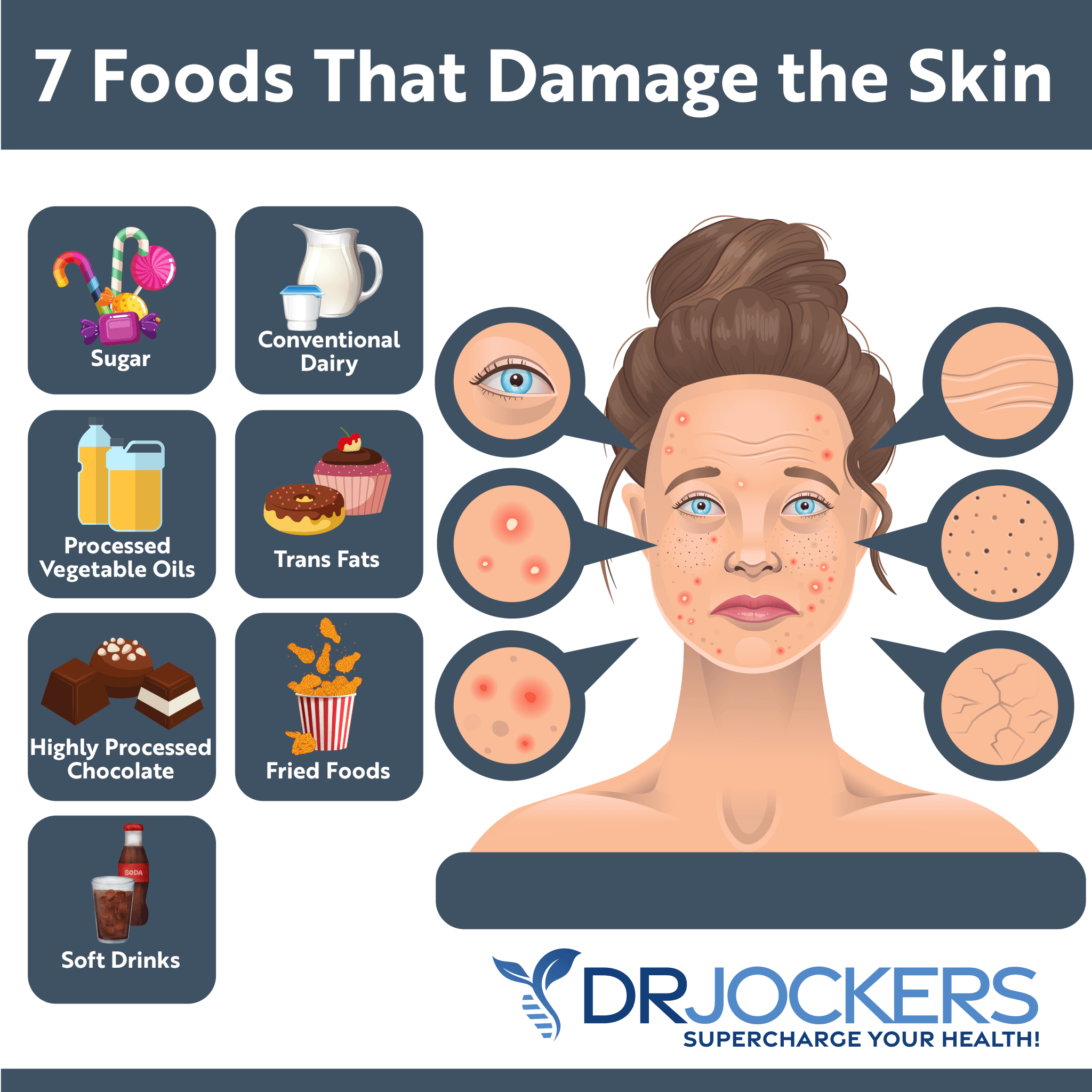
Skin Healthy Diet Principles
Eat a diet made up of nutrient-dense, anti-inflammatory foods, including greens, vegetables, herbs, spices, low-glycemic index fruits, mushrooms, grass-fed beef, pasture-raised poultry and butter, wild-caught fish and seafood, and wild game.
Eat lots of healthy fats, including avocados, coconut oil, grass-fed ghee or butter, olives, and extra virgin olive oil, and foods rich in omega-3 fatty acids, including wild-caught fish, flaxseeds, chia seeds, and hemp seeds. I recommend adding lots of anti-inflammatory herbs and medicinal foods, such as ginger, turmeric, cinnamon, chili, cayenne, black pepper, rosemary, cloves, and raw honey.
You may also eat foods that are rich in silica to reduce wrinkles and offer a shinier skin complexion, such as alfalfa, beets, dandelion, tomatoes, peppers, celery, carrots, and cucumber.
Don’t forget about foods that are rich in antioxidants, including blueberries, strawberries, raspberries, blackberries, kale, artichokes, raw cacao, cilantro, pecans, and walnuts. You may learn more about an anti-inflammatory diet to rejuvenate your skin here.

Intermittent Fasting
Intermittent fasting is a specific type of fasting that involves fasting for part of the day. When you are practicing intermittent fasting, you are essentially cycling between a period of eating and not eating within one day.
You are fasting for a part of a day only, but do that every day or several days a week on a regular basis. Intermittent fasting is a great way to improve your health, including your skin health. It may help to reduce inflammation, inflammation, insulin resistance, and visible signs of aging.
A 2014 study published in the International Journal of Health Sciences (Qassim) has found that intermittent fasting may help to reduce inflammation, improve insulin sensitivity, decrease the risk of disease, and improve overall health (15). According to a 2018 study published in Clinics (São Paulo), intermittent fasting can improve autophagy or cellular renewal, which means more room for healthier and younger cells, including in your skin (16).
These benefits may help decrease the risk of premature aging and facial wrinkles. According to a 2019 review published in Nutrients, caloric restriction through fasting and intermittent fasting can improve skin anatomy and physiology and reduce skin pathology (17).
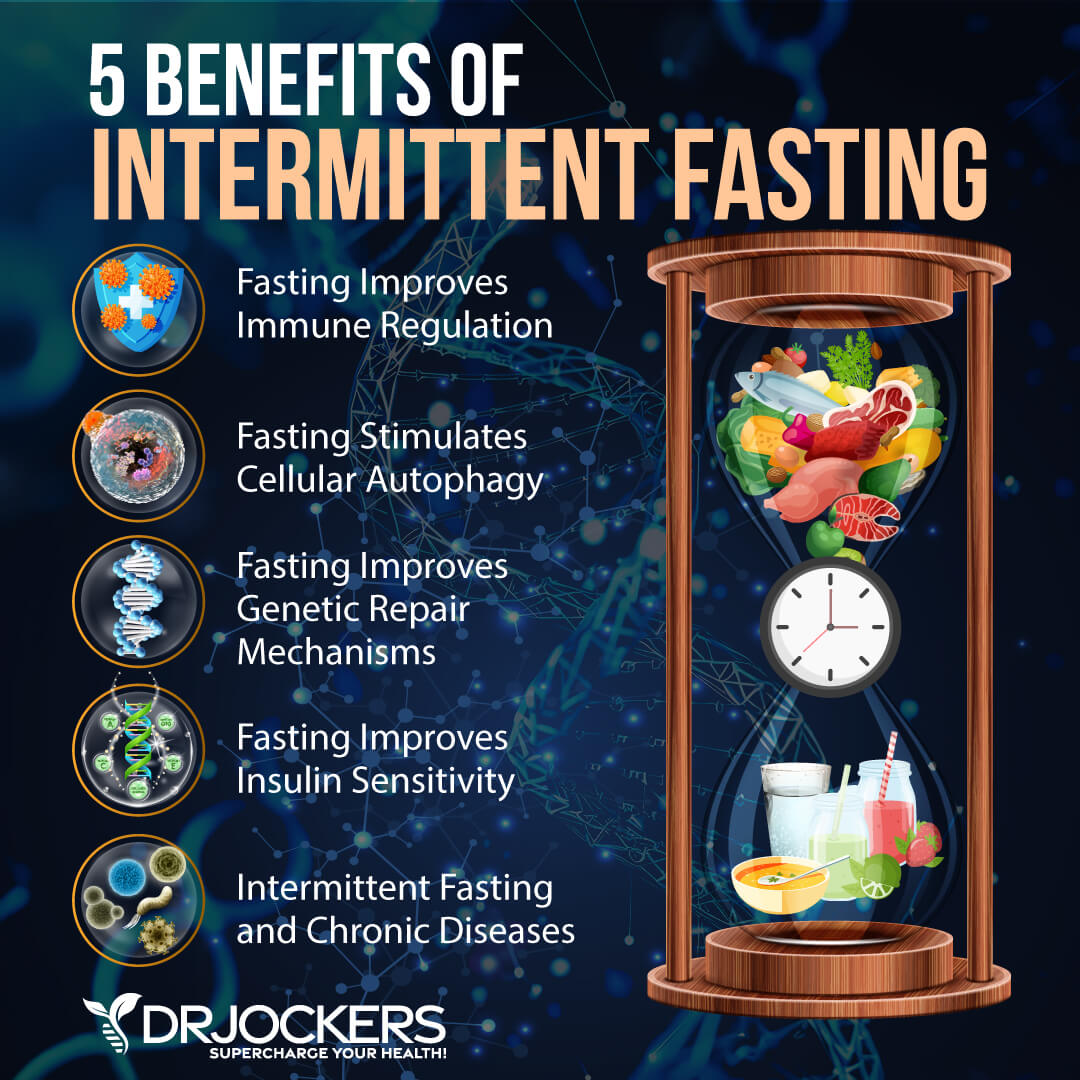
If you are new to intermittent fasting, start slow. Begin with a 12-hour Simple fast. Stop eating after dinner, for example, at 6 pm, and you will be ready to eat 12 hours later at breakfast at 6 am. Gradually increase your fasting window until you find what works best for you.
Most people find that they feel the best using the 16:8 approach, with 16 hours of fasting and 8 hours reserved for eating. Listen to your body, as you may feel better with a slightly shorter or longer window.
Make sure to eat anti-inflammatory, nutrient-dense foods and meet your caloric needs during your eating window. Intermittent fasting is not about nutrient deprivation or serious caloric restriction. Hydration is also critical. Drink plenty of clean, purified water during your fasting period. Herbal tea is also allowed. You may learn more about intermittent fasting by reading this article.

Consider a 3-5 Day Fast
If you are doing well on intermittent fasting, you may consider a 3-5 day fast. This may be a partial fast or a water fast. I recommend this once or twice a day.
If you are new to fasting for several days, try a partial fast first. It is a way to practice extended fasting without completely depriving yourself of nutrition. One of the most popular partial fasting strategies is liquid fasting, including Juice Fasting and Bone Broth Fasting. During these liquid fasts, you will be drinking green juices or bone broth, respectively, for 3 to 5 days, but won’t be consuming food during your fast.
You may also try The Fasting Mimicking Diet®, or FMD®. The FMD® is a partial fasting plan that is high in nutrients, low in protein, and low in carbohydrates. It’s a 5-day protocol that you can do every 8 to 12 weeks or every month, depending on your health goals.
While on the FMD® protocol, follow this plan:
- Day 1: Restrict your calories to 1,100 calories a day. 500 of these calories should come from complex carbohydrates and 500 from healthy fats. About 100 calories or 25 grams of plant-based proteins are also allowed, mainly from nuts.
- Day 2 – 5: During the last four days, your calories are restricted to 800 calories only, with 400 calories from complex carbs and 400 calories from healthy fats.
- Day 6: Though your FMD® is officially over, day 6 is a transition day. Follow a diet rich in complex carbs, such as vegetables, rice, and fruits. Limit your consumption of fish, meat, cheese, milk, saturated fats, and pastries. It is important to note that pastries and other foods with gluten, refined sugar, and highly processed ingredients are never healthy, even if you are not fasting. If you eat dairy, it is important that you choose organic dairy products.
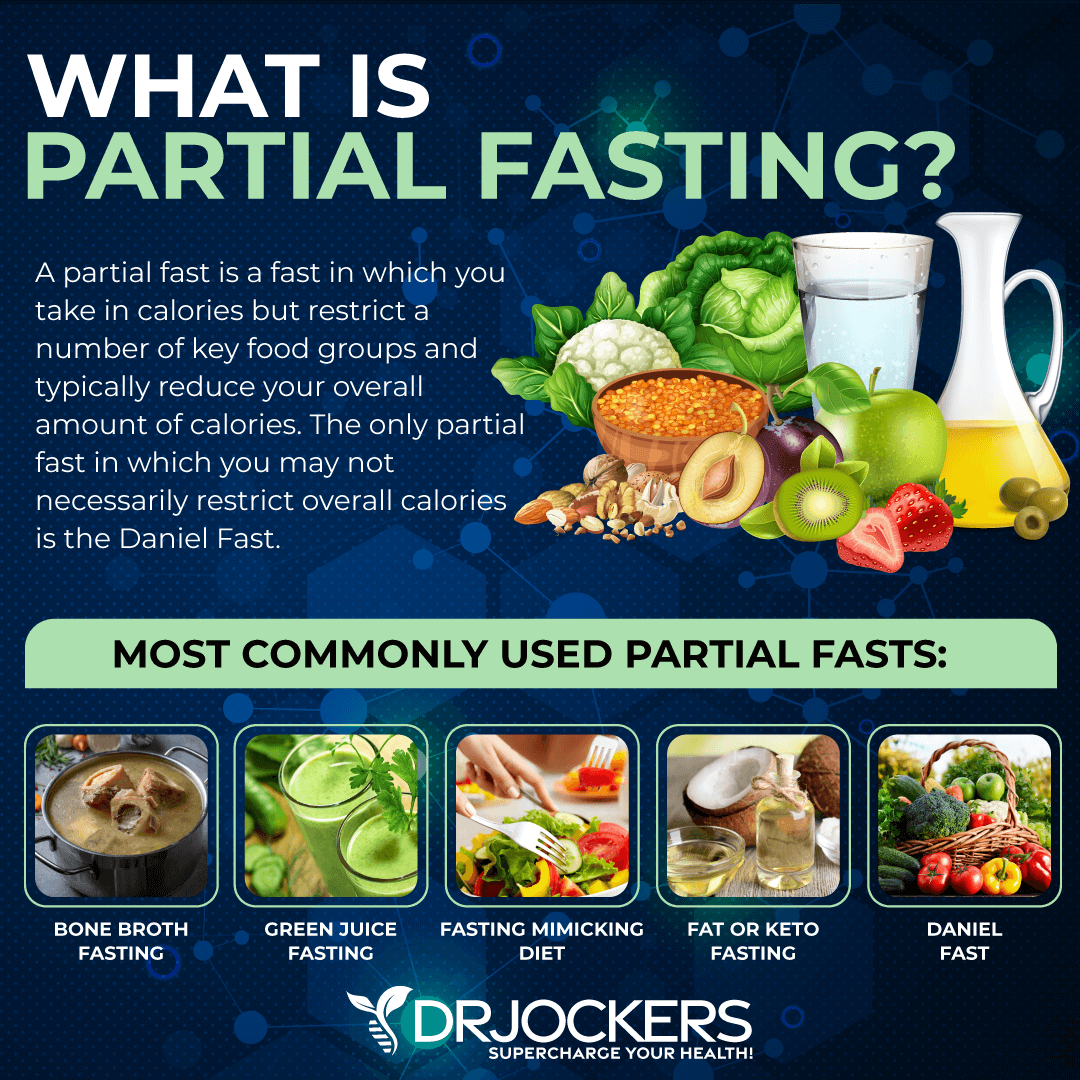 Two other great options for partial fasting that allow consuming some foods are the Fat Fast or Keto Fast and the Daniel Fast. The aim of the Fat or Keto Fasting is to raise the ketone levels in your blood and push your body into ketosis, lowering inflammation, increasing autophagy, and improving your health.
Two other great options for partial fasting that allow consuming some foods are the Fat Fast or Keto Fast and the Daniel Fast. The aim of the Fat or Keto Fasting is to raise the ketone levels in your blood and push your body into ketosis, lowering inflammation, increasing autophagy, and improving your health.
During the Fat Fast, you need to focus on a high-fat and low-calorie diet of no more than 1,000 to 1,200 calories per day. About 80 percent of your calories should be from healthy fats, such as avocados, coconut oil, pasture-raised butter and ghee, olives, and olive oil.
The Daniel Fast is a vegetarian fast based on Biblical principles. As you may know, I generally don’t recommend following a vegetarian or vegan diet, especially not long-term. But, short-term, you may benefit from a short vegetarian fast with nutrient-dense plant-based foods, as it gives your body a break, increases your micronutrient load, and allows time for a spiritual connection as well. You may learn more about partial fasting from this article.
If you are feeling great practicing intermittent fasting and partial fasting, you may be ready for a water fast. Doing a water fast means that you are staying away from food completely while on your fast. You may only drink plenty of purified, clean water throughout the day. In some cases, herbal tea (without honey, sugar, or anything with calories added!) may be allowed too. You may want to try this for a day only at first. If you are doing well, you may increase this time. I personally enjoy practicing water fasting once a week.
I must note that water fasting is a very advanced fasting strategy. It is only recommended if you are an experienced faster. I also recommend that you consult your healthcare provider before going on a water fast, especially if it’s for more than a day. You may learn more about water fasting here.
Reduce Stress & Improve Sleep
As you know, chronic stress and poor sleep may result in signs of premature aging and facial wrinkles. Reducing stress and improving your sleep is critical. I recommend that you practice meditation, guided visualization, breathwork, gratitude, positive affirmations, and prayer.
Grounding, time in nature, healing baths, journaling, listening to calming music, reading, studying scripture, and regular time for yourself may all be helpful. Seek out activities that uplift you and spend time with family and a supportive community. To learn more about how to reduce stress, I recommend reading this article.
To improve your sleep, start by establishing a sleep routine. Going to bed and waking up around the same time helps to support your circadian rhythms. Avoid electronics, stress, alcohol, caffeine, and heavy food in the evening. Choose relaxing activities, such as reading, journaling, listening to calming music, crafts, or taking a healing bath.
You may also aid your sleep with the help of calming essential oils, such as lavender or chamomile, a supportive and comfortable mattress, bedding, and pillows, light-blocking curtains, and using an eye pillow. You may learn more about deep sleep and how to improve it in this article.

Reduce Toxic Load
Since a high toxin load may contribute to visible signs of aging, facial wrinkles, and skin problems, you want to reduce your toxic load as much as possible. Improve your indoor air with a high-quality indoor air purifier system. Drink purified water or spring water from a glass bottle instead of tap water. Choose organic food.
Choose organic and natural cleaning, personal hygiene, body, and beauty products instead of chemical-filled conventional ones from the store. Avoid the use of plastic. Avoid smoking and second-hand smoke. Avoid synthetic clothing and bedding, and choose cotton, wool, silk, or other natural materials instead.
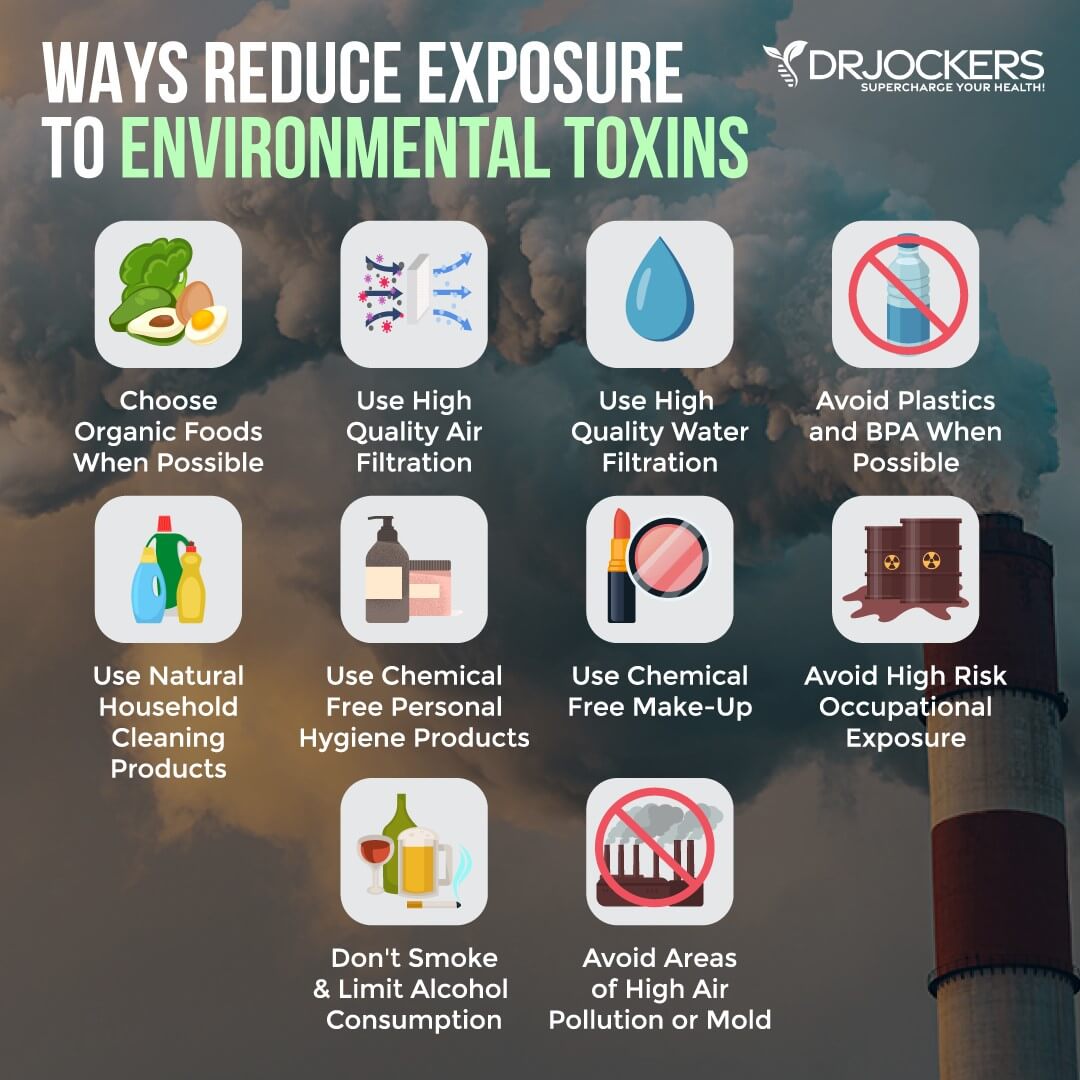
Improve Digestive Health
Earlier in this article, you learned that gut dysbiosis may increase signs of early aging and facial wrinkles. It may not surprise you that I recommend improving your digestive health. Of course, following a gut-friendly, anti-inflammatory, nutrient-rich diet is key. But there is a lot more you can do to improve your digestive health.
To improve your gut microbiome health, I recommend taking high-quality daily probiotics. You may also try probiotic-rich, fermented foods, such as sauerkraut, fermented vegetables, coconut kimchi, kefir, and kombucha. The exception is if you have histamine intolerance.
Fermented foods are high in histamine and can be triggering if you have histamine intolerance. To support healthy gut bacteria, you may add more prebiotic-rich foods, such as Jerusalem artichokes, apples, jicama, garlic, onion, and leeks. However, prebiotics-rich foods can be triggering for some people and are not appropriate if you are on a low-FODMAP or carnivore diet.
To improve your stomach acid levels, I recommend using apple cider vinegar water, adding ginger to your meals or tea, holding off on drinking water until after your meal, eating slowly, hydrating well outside of mealtimes, and liquid nutrition can also improve your stomach acid levels.
You may try supplementing with betaine hydrochloric acid, such as Acid Pro-Zyme, to support stomach acid production. You may also try Super Digest HCL with betaine hydrochloride (HCI) for proper stomach acidity and optimal breakdown of food. You can learn more about improving your stomach acid levels in this article.
To support your digestion, I recommend taking digestive enzymes, such as Proteo Enzymes, before meals. For gut health and digestive support, try Gut Repair. To support detoxification and remove toxins from your gut, you may also consider Activated Charcoal and BioActive Carbons. Bowel Mover is a great herbal supplement for elimination, reducing constipation, and keeping you regular.
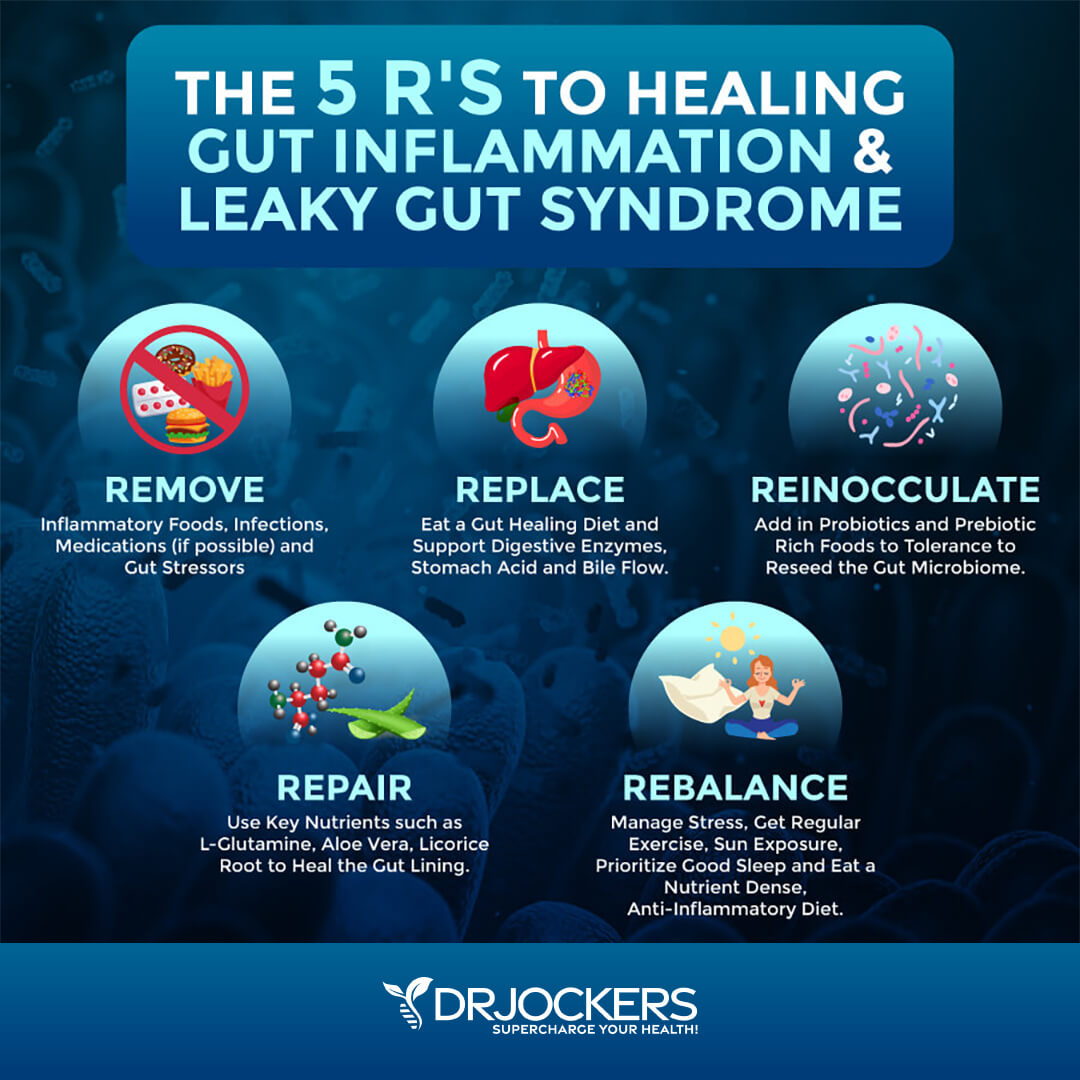
Hot and Cold Showers
Taking hot and cold showers, or also referred to as contrast showers, is a great way to reduce inflammation, stimulate circulation, and improve your health. According to a 2022 study published in the International Journal of Circumpolar Health, exposure to cold water may reduce insulin resistance, which is a risk factor for facial wrinkles (19).
What you need to do is basically alternate between very hot and very cold showers. If you don’t like very cold or very hot showers, start with easier ones and build up tolerance over time.
After you are done washing your body and hair, increase the water temperature. Stay under for three minutes, then switch to very cold water. Stay under the cold shower for another three minutes. Repeat this cycle 3 to 5 times. Finish off with a cold shower to prolong vasodilation.
For similar benefits, you may jump from a hot tub or sauna to a cold pool. If three minutes feels too long, you may start with a minute only and build up a tolerance. You may modify the ratio to three minutes hot and one minute cold at first, too.

Proper Sun Exposure
Since poor vitamin D levels may increase the risk of facial wrinkles, I recommend spending time in the sun to improve your vitamin D levels. If you expose more skin to the sun, you may need less exposure for the same results. Under the right circumstances, even 15 minutes in the sun can boost your vitamin D levels.
For example, if you expose 25 to 50 percent of your body to the sun, you will get more sunshine and experience a higher increase of vitamin D within a much shorter time than if only your hands and face are peaking out of your clothes (20, 21). Of course, colder climates, gloomy weather, and air pollution may all interfere with this. However, when the weather allows, spend 15 to 30 minutes in the sun with as little clothing as possible.
However, it is important to use proper sun exposure.
Don’t burn your skin! Avoid the midday sun, especially if your skin is sensitive. If you are using sunscreen, use non-toxic formulas over chemical-filled conventional options. Spending shorter times out in the sun throughout the day instead of a long chunk may help you to get plenty of vitamin D from the sun without burning your skin.
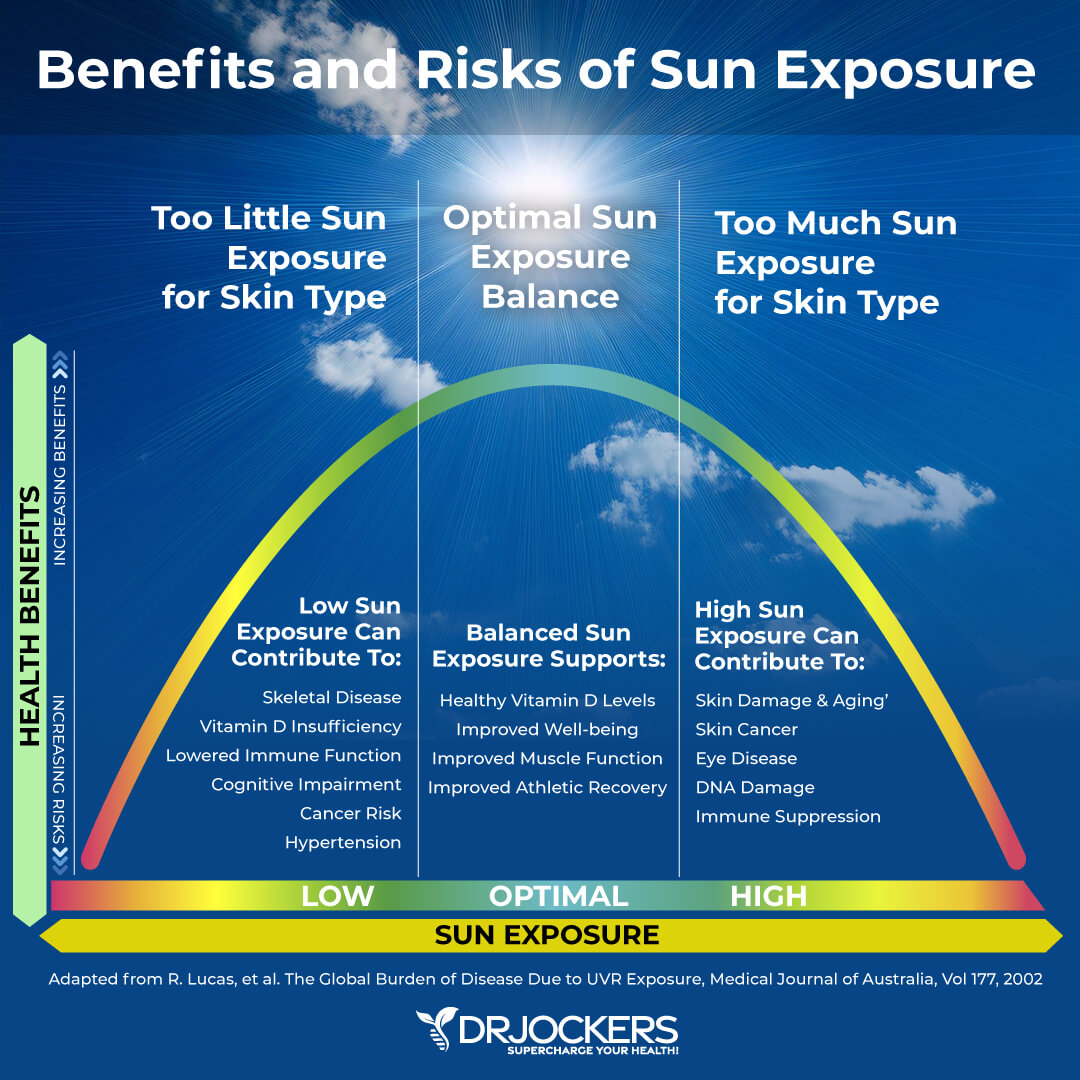
Test and Support Vitamin D Levels
I recommend getting your vitamin D levels tested and supporting your vitamin D levels appropriately. You may use a solo vitamin D test or get your levels tested as part of the Comprehensive Blood Analysis.
To improve your vitamin D levels, I recommend spending time out in the sun and eating vitamin D-rich fatty fish, egg yolks, and beef liver. Most people are not getting enough sunshine or consuming enough vitamin D from food. Therefore, most people need supplements to optimize their vitamin D levels.
Pairing vitamin D3 with vitamin K2 helps improve calcium absorption and control inflammation. I recommend taking a vitamin D3 supplement with at least 3,000-5,000 IU’s of vitamin D3 and at least 90 mcg of vitamin K2.
For skin health, I specifically recommend liposomal vitamin D3. According to a 2019 study published in Pharmaceutics, liposomal vitamin D3 may have anti-aging and skin-protective benefits (20). I highly recommend Micelle Liposomal D3/K2.
Typically, taking 1,000 IU per 25 lbs. of body weight will help you get your levels into a healthy range. You want to test your vitamin D levels at least 1-2 times each year and get your levels between 50-100 ng/ml. It has been hypothesized that a therapeutic level for major health conditions is going to be between 70-100 ng/ml.
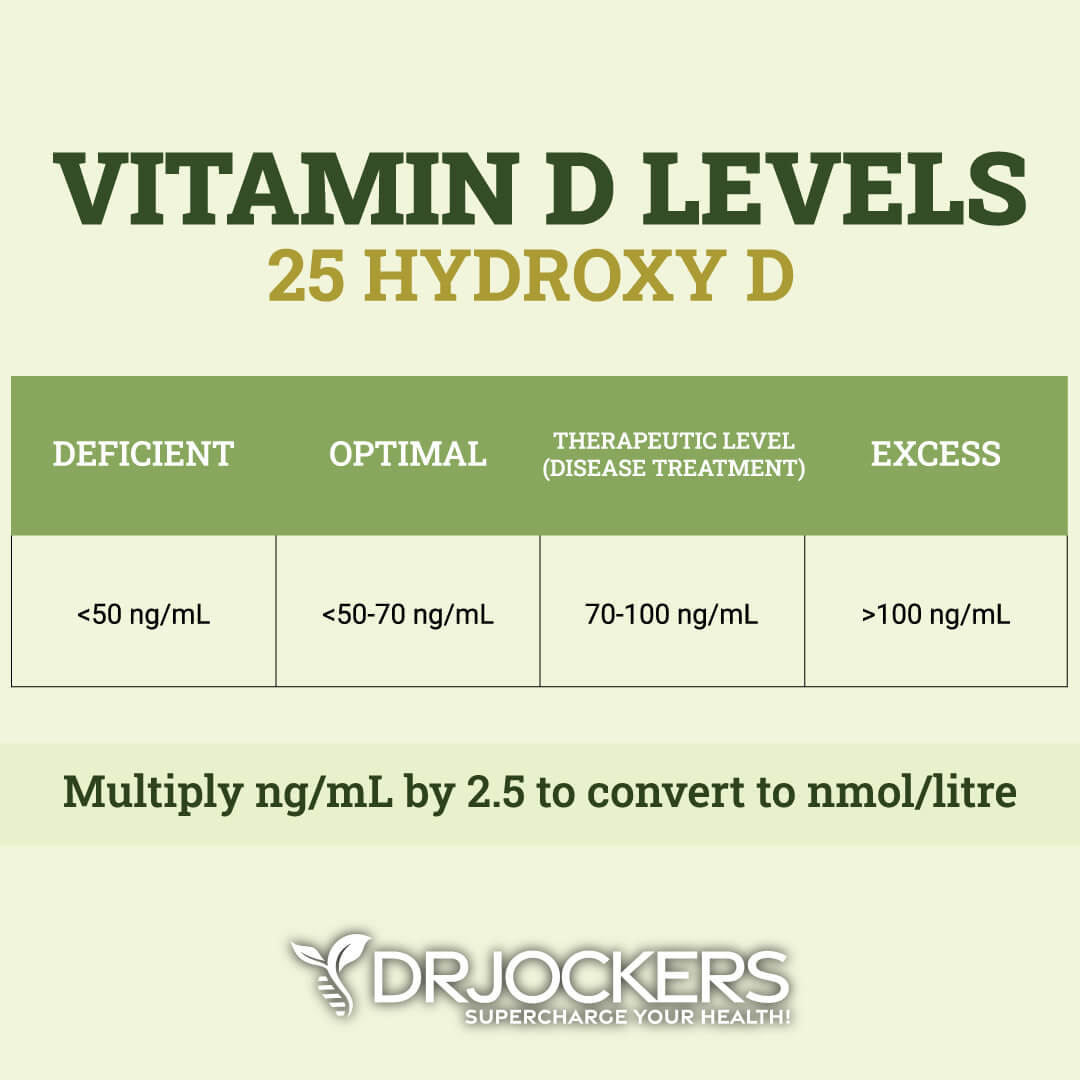
Red and Infrared Light Therapy
Red light therapy (RLT) and infrared light therapy are powerful therapeutic techniques used for inflammation, pain, skin rejuvenation, and other health benefits. Using red and infrared light has become a popular alternative and complementary healing tool you can use in your own home or at alternative medical practices, dermatology practices, and spas.
A 2017 study published in AIMS Biophysics has found that red light and infrared light therapy may have anti-inflammatory effects (11). As a result, it may reduce inflammation-related early signs of aging. One of the main benefits of red and infrared light therapy is improving skin health.
According to a 2014 review published in Anais Brasiliense de Dermatologica, red light therapy may help wound healing and tissue repair, reduce skin inflammation, and improve collagen and fibroblast production for skin health (23).
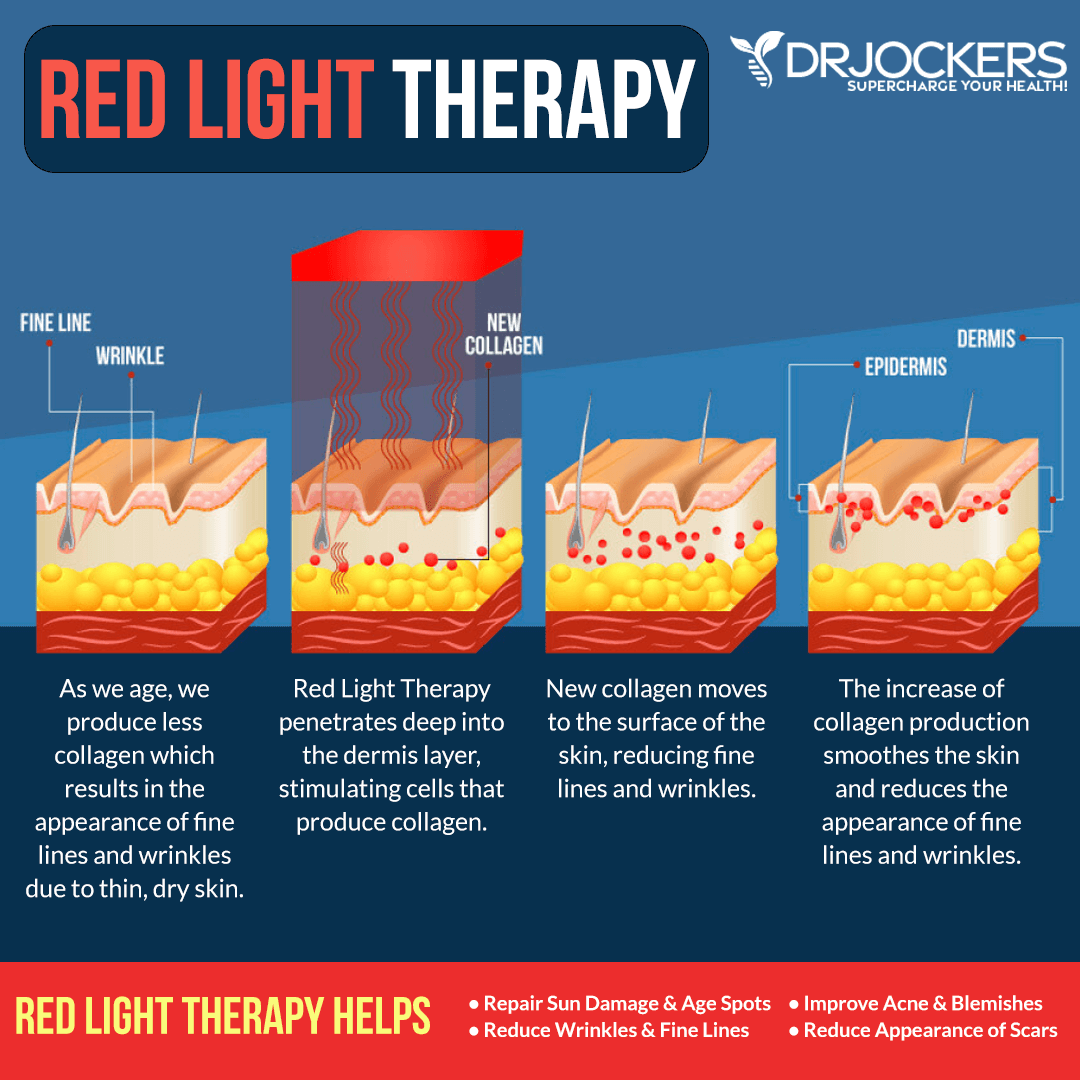
Red Light Therapy Face Mask
If you are looking for red light therapy benefits specifically for your face, I highly recommend this HigherDOSE Red Light Face Mask. It offers a functional cordless design, which is very convenient. You can use it anywhere in the house and take it with you on trips. It helps to rejuvenate your skin and may be great for acne scarring, scarring, fine lines, wrinkles, and your overall skin tone.
Even just one session can make you feel more rejuvenated and fresh in your skin. However, if you use it regularly, you may notice a visible difference in your skin. Less scaring, fewer fine lines, fewer wrinkles, and more importantly, a visible glow are among the potential benefits.
I highly recommend that you add using a HigherDOSE Red Light Face Mask to your daily routine. This is a great time for relaxation, meditation, and some well-deserved ‘me time’. Use the coupon code DRJOCKERS to save 15% off on HigherDOSE products including the Red-Light Face Mask.
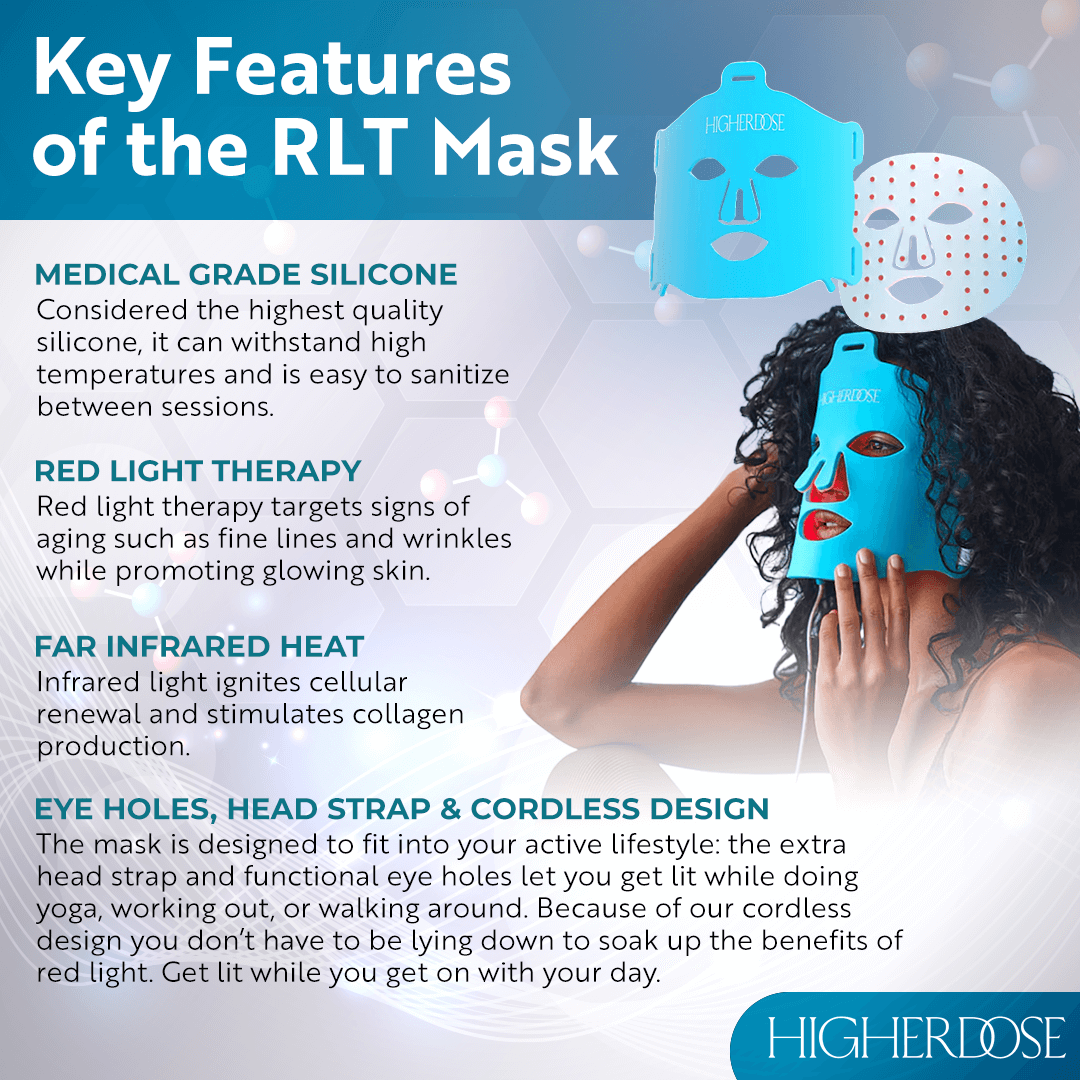
Whole-Body Red-Light Therapy
For any other purpose, I recommend red light therapy devices by Mito Red Light. Their devices offer advanced red-light technology delivered with an industry-leading power, tested and validated through unbiased 3rd party, independent testing.
Their products use enhanced spectral energy output™ (ESPEO) that delivers wide bands of red and near-infrared red (NIR) light energy. You can receive benefits from a full therapeutic spectrum of red and NIR light and use it on your entire body or locally on specific areas.
Most red-light therapy devices use only 2-watt or 3-watt LEDs, whereas Mito Red Light Therapy uses 5-watt LEDs for the best results. You will experience higher irradiance for better results in less time. I love that it comes in different sizes for your convenience and personal needs.
Mito Red Light devices are affordable yet effective. You can use them in your own home without having to visit a salon or health clinic. They offer a digital control panel with a built-in timer to make it more convenient for your needs. I recommend that you try their products. Use the coupon code DRJOCKERS at checkout to save 5% on the MitoRed product line.

Proper Skin Care
You can’t forget about proper skincare, either. Fortunately, natural skincare is not difficult. You don’t need a million products, and you should certainly avoid conventional chemical-filled ones! All you have to do is pay attention to these simple steps:
What to Avoid to Rejuvenate Your Skin:
- Long, hot showers
- Soap-free cleansing bars
- Anything with alcohol and perfumes
- Lanolin-based creams, lotions, ointments, etc.
- Toxic ingredients you’ve learned about earlier that can have a harmful effect on your skin
What to Do to Rejuvenate Your Skin:
- Eat a nutrient-dense diet and drink plenty of fluids to stay hydrated. Avoid alcohol, sugary drinks, and sodas. Drink 2 to 3 quarts of water daily. You can add lemon or lime as well. You may also add herbal tea or green juice to your routine. You can learn about a healthy anti-inflammatory diet that supports your skin here.
- Keep your home cool and humid to avoid dry skin reactions. Wear gloves in cold weather and sunblock and protective clothing in hot weather.
- Wear cotton clothes whenever possible. Use natural, mild detergents.
- If you notice a rash after shaving, do not shave until it’s completely healed. Avoid perfumed aftershave.
- Start loving moisturizers. Natural moisturizers can prevent water loss by layering an oily substance over the skin to keep the water in or by attracting water to the outer layer from the inner layer of your skin. I recommend Purity Woods Age Defying Dream Cream, which uses organic ingredients that help to soothe the skin and activate skin autophagy and moisturization.
Helpful Supplements
You may also try some supplements to reduce the appearance of facial wrinkles. Here is what I recommend.
Collagen Peptides
You may want to try collagen peptides. They are highly bioavailable amino acids needed for collagen production.
According to a 2022 study published in Dermatology Practical & Conceptual, collagen peptides may reduce skin aging and wrinkles (24). The reason for this may be because, as a 2019 study published in Nutrients explains, collagen peptides may help to improve skin hydration, roughness, elasticity, and density (25).
I recommend using this Multi Collagen Protein. It is made from four real food ingredients— hydrolyzed bovine hide collagen peptides, eggshell membrane collagen, hydrolyzed fish collagen peptides, and chicken bone broth protein concentrate.
Together, they offer five types of collagen—Types I, II, III, V, and X. Collagen peptides are a great functional food that is easy to digest and absorb and support our joints, hair, nails, and intestinal lining. These peptides reduce inflammation and are a missing element in most Western diets. Add one scoop to your protein shake daily.
Super C
I also recommend Super C. Vitamin C is critical for proper collagen production in the body. A 2017 study published in Nutrients has found that vitamin C may help to reduce the appearance of wrinkles (26). Bioflavonoids reduce skin inflammation. According to a 2016 study published in the International Journal of Molecular Medicine, rutin may reduce the effects of skin aging and facial wrinkles (27).
Super C combines high-potency vitamin C with a standardized, full-spectrum, citrus bioflavonoid complex. Both vitamin C and bioflavonoids have been extensively researched for their roles in supporting antioxidant and immune function. It is formulated to provide antioxidant protection, enhance immune function, and support the synthesis and function of collagen, carnitine, and neurotransmitters.
Each capsule provides 500 mg of vitamin C and 500 mg of citrus bioflavonoid complex in a one-to-one ratio. The combination of vitamin C and citrus bioflavonoids in Super C ensures that a wide range of metabolic functions will be supported.
Resveratrol Power
Last but not least, I recommend Resveratrol Power. It contains powerful antioxidants that may help to reduce oxidative stress in the skin. According to a 2018 study published in the American Journal of Chinese Medicine, the antioxidant benefits of quercetin may help to restore dermal fibroblasts and improve your skin (28).
According to a 2022 study published in Postepy Dermatology and Allergology, resveratrol may help to restore the skin and reduce premature aging of the skin, such as facial wrinkles (29).
Resveratrol Power contains both. This amazing combination of two major antioxidants delivers support to mitochondrial health by reducing free radical damage contributed by a variety of influences, including the aging process alone. In nature, resveratrol defends the plant against pests and environmental stressors.
Resveratrol is the reason why grapes that are grown in harsh climates have a higher concentration of resveratrol produced in the skin. In combination with quercetin, it supports the aging process, improves skin health, provides protection against cardiovascular damage, and reduces free radical damage to neurons and mitochondria.
Final Thoughts
Facial wrinkles are a natural part of aging. However, certain factors, including diet, lifestyle factors, environmental toxins, and health issues, may cause premature aging, early signs of facial wrinkles, or more facial wrinkles. I recommend following your favorite natural support strategies for facial wrinkles and a more youthful-looking skin.
If you want to work with a functional health coach, I recommend this article with tips on how to find a great coach. Our website offers long-distance functional health coaching programs with our world-class team of health coaches. For further support with your health and other goals, just reach out—our fantastic coaches are here to support your journey.
Inflammation Crushing Ebundle
The Inflammation Crushing Ebundle is designed to help you improve your brain, liver, immune system and discover the healing strategies, foods and recipes to burn fat, reduce inflammation and Thrive in Life!
As a doctor of natural medicine, I have spent the past 20 years studying the best healing strategies and worked with hundreds of coaching clients, helping them overcome chronic health conditions and optimize their overall health.
In our Inflammation Crushing Ebundle, I have put together my very best strategies to reduce inflammation and optimize your healing potential. Take a look at what you will get inside these valuable guides below!

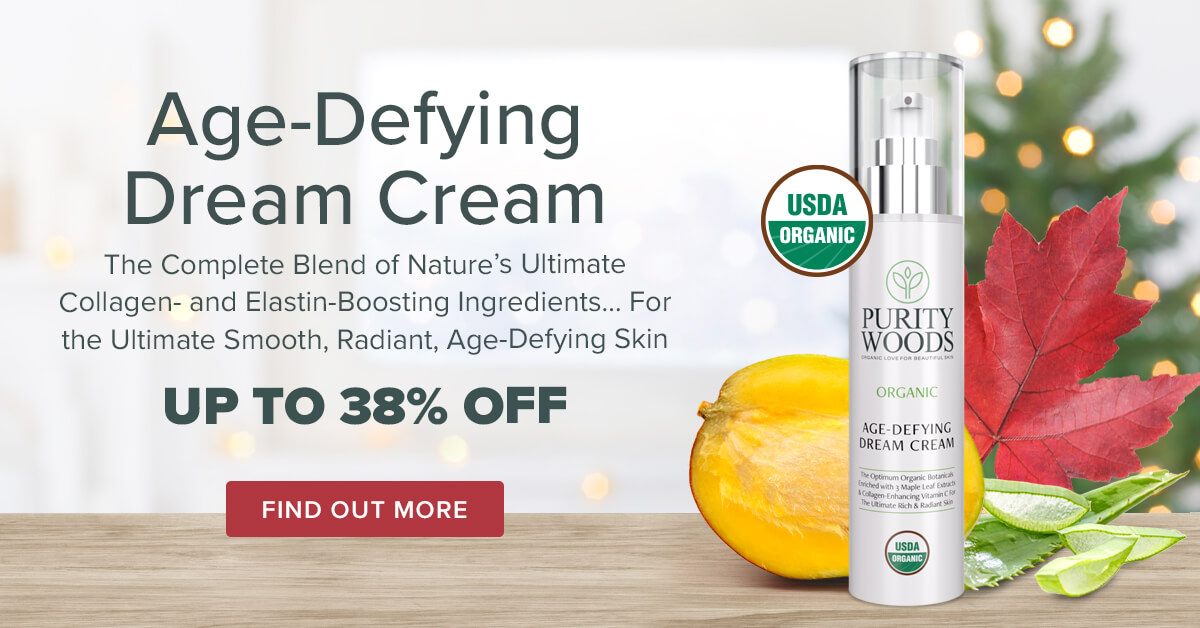
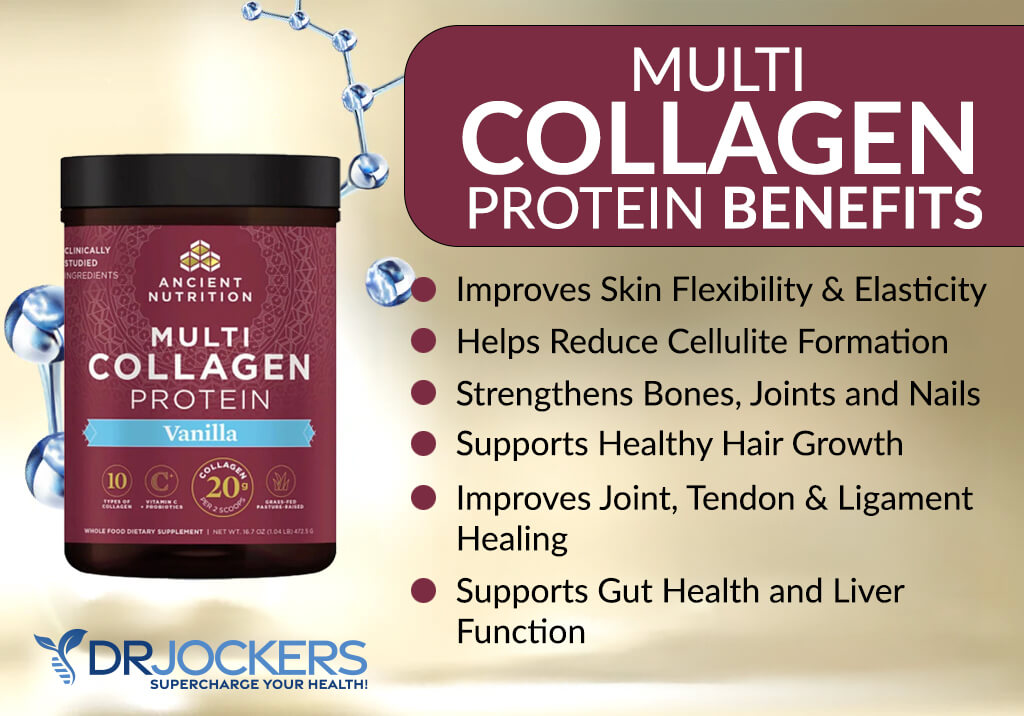





My brain due to Traumatic brain injury fractured skull. My heart slow down to 33 bpm cause me to fall. I had stage four tonsil cancer. I’ve been Bitten by a brown recluse, spider and now I’m having problems with food and liquid going down my windpipe is that enough please help
If you had radiation for the tonsil cancer, that could cause inflammation in your esophagus. Dr Jockers is a chiropractor and although very knowledgeable, he will not have the same knowledge as a functional doc, homeopath, or naturopathic doctor. That’s who you need to seek out. You can also look up Isaac Elias, MD; he’s super knowledgeable about cancer & ways to recover after conventional therapy.